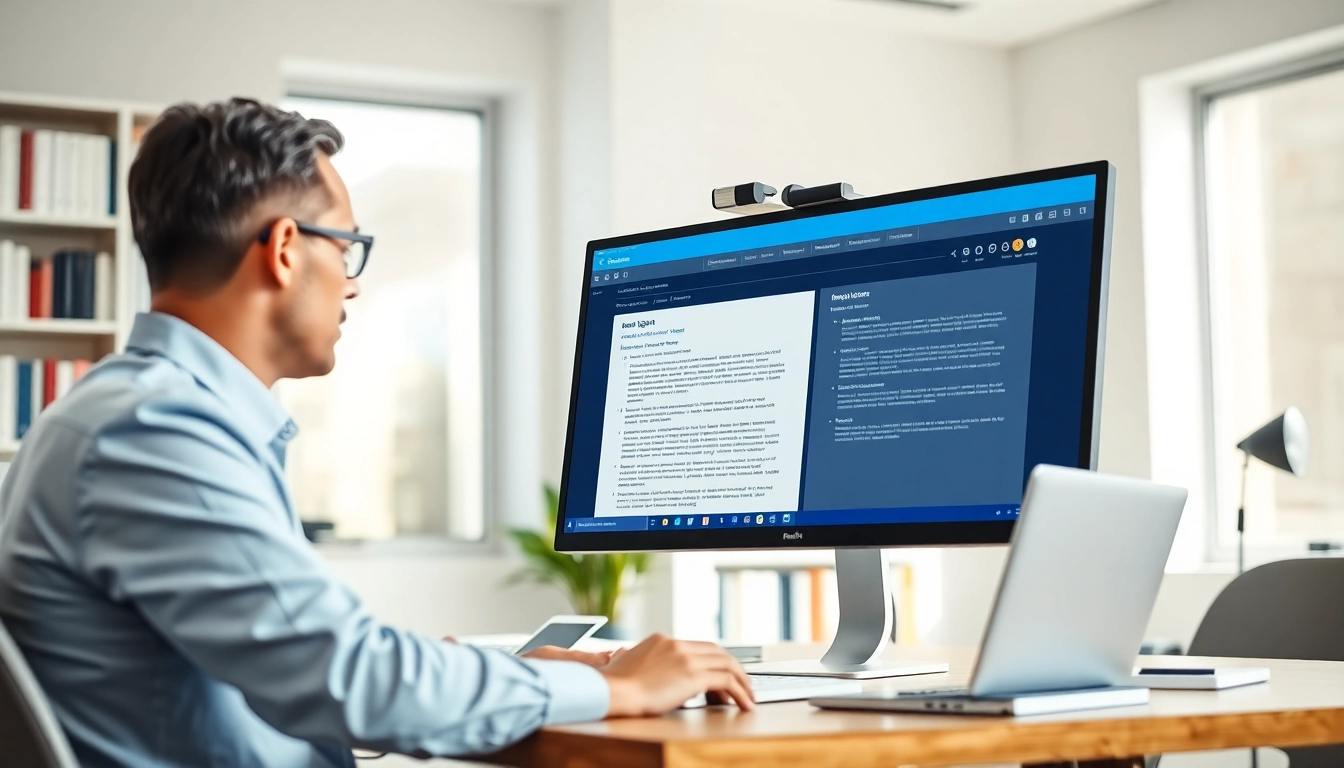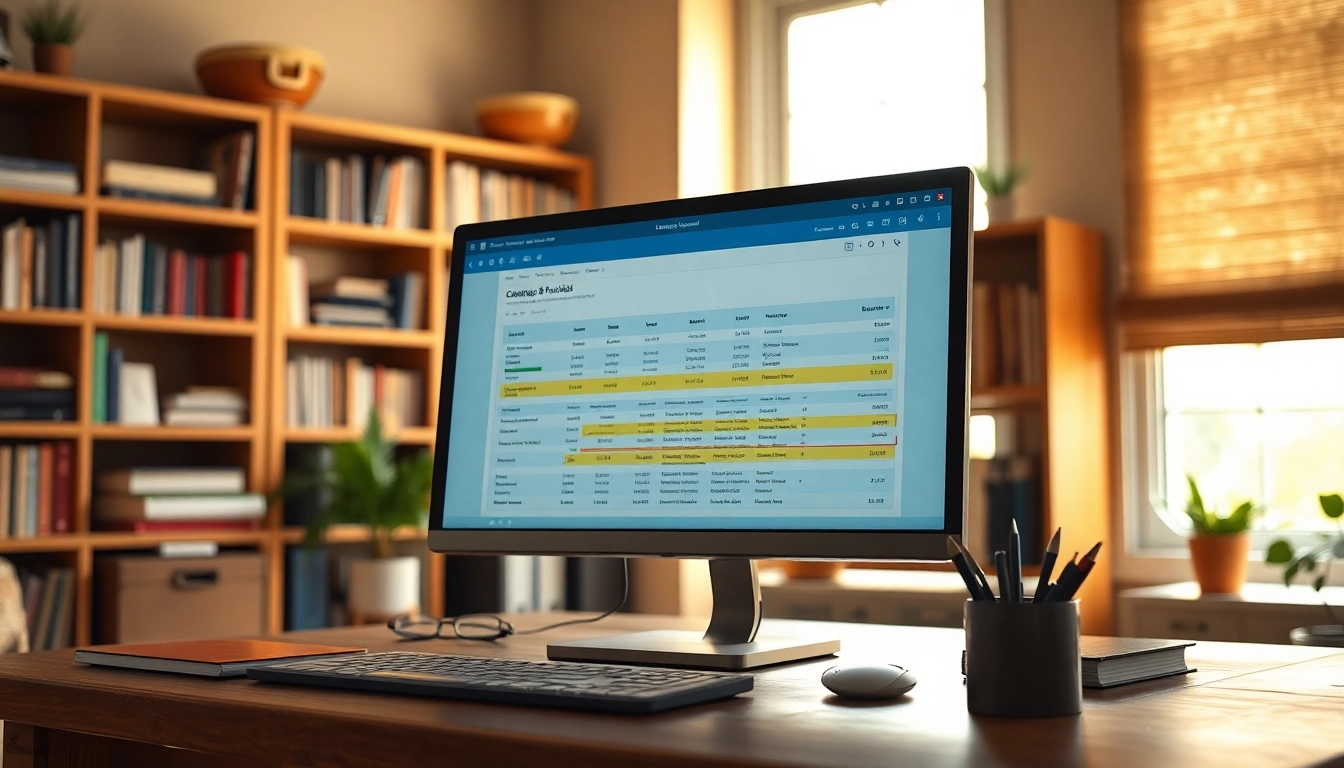Understanding Plagiarism and Its Implications
In an age where information is readily available and content is shared extensively, understanding plagiarism and its implications is imperative. In academic and professional settings, the integrity of one’s work is paramount, and utilizing tools like a plagiarism detector becomes essential for maintaining that integrity. But what exactly constitutes plagiarism, and why is it such a significant concern? This guide aims to provide a deep understanding of plagiarism, its types, and the importance of academic honesty.
What is Plagiarism?
Plagiarism is the act of using someone else’s work, ideas, or intellectual property without proper attribution, thereby presenting it as one’s own. It can be intentional or unintentional, but regardless of intent, it undermines the authenticity of academic and professional work. Examples of plagiarism range from straightforward copying of text to more subtle forms, such as paraphrasing an idea without crediting the original source. Academic environments view plagiarism as a serious offense, with consequences that can lead to loss of credibility, failure of the course, or even expulsion.
Types of Plagiarism Detected by Tools
Understanding the various types of plagiarism is crucial for both prevention and detection. The primary types include:
- Direct Plagiarism: Copying text word-for-word from a source without citation.
- Self-Plagiarism: Reusing one’s own previously published work without acknowledgment.
- Patchwork Plagiarism: Combining various sources together without proper citations.
- Paraphrasing Plagiarism: Rewording someone else’s ideas without credit.
- Accidental Plagiarism: Inadvertently failing to cite sources or misquoting.
Each of these types presents unique challenges for writers and can be effectively identified by reliable plagiarism detection tools. Recognizing the different forms can help in academic writing, ensuring that one maintains originality.
Why Academic Integrity Matters
Academic integrity is the foundation of any educational institution and plays a critical role in developing ethical professionals. Upholding integrity fosters a community of trust and respect among students, educators, and researchers. It ensures that all contributions to knowledge are respected and valued. When students engage in plagiarism, they not only jeopardize their academic careers but also diminish the value of their educational experience. Moreover, understanding the importance of academic integrity prepares students for future careers where ethical considerations are paramount.
How Plagiarism Detectors Work
The effectiveness of a plagiarism detector hinges on its underlying technology. These tools have evolved significantly over the years, utilizing advanced algorithms and extensive databases to identify similarities between texts.
The Technology Behind Plagiarism Detection
Plagiarism detection tools typically employ algorithms that scan submitted documents against vast databases of online content, academic papers, and publications. They utilize methods such as:
- Text Comparison: Analyzing strings of text for matches and similarities.
- Semantic Analysis: Understanding the meaning behind phrases and concepts.
- Fingerprinting: Identifying unique characteristics of a document to track originality.
By leveraging these technologies, plagiarism checkers deliver reports on the degree of similarity between submitted texts and existing content across the web.
Key Features of a Reliable Plagiarism Detector
When choosing a plagiarism detection tool, consider the following essential features:
- Comprehensive Database: A reliable tool should have access to an extensive database that includes academic papers, publications, and web content.
- Real-Time Checking: Instant results are crucial for users who need to submit work under tight deadlines.
- Detailed Reports: A good report provides not only similarity scores but also specific matches and sources.
- User-Friendly Interface: A simple and intuitive interface enhances the user experience.
- Supports Multiple File Formats: The ability to check various file formats expands usability.
These features ensure that users can efficiently assess their work’s integrity and take necessary actions based on the results.
Comparison of Popular Plagiarism Detection Tools
Several plagiarism detectors are available in the market, each with unique capabilities. Here’s a comparison of some popular tools:
| Tool | Pricing | Key Features | Best For |
|---|---|---|---|
| Turnitin | Paid | Extensive database, detailed reports | Academic institutions |
| Grammarly | Free/Paid | Grammar check, plagiarism detection | Individuals and professionals |
| DupliChecker | Free/Paid | User-friendly, multiple formats | Students and educators |
| PapersOwl | Free | AI-powered reports, essay optimization | Students |
When comparing tools, consider your specific needs and budget to select the one that best fits your requirements.
Best Practices for Using a Plagiarism Detector
Utilizing a plagiarism detector effectively requires a structured approach. By following best practices, users can maximize the benefits of these tools and strengthen their writing.
Steps for Effective Text Checking
- Choose the Right Tool: Evaluate different plagiarism detectors and select one that aligns with your needs.
- Submit Your Text: Upload or paste your document into the plagiarism detector’s interface.
- Review Similarity Reports: Examine the results for highlighted sections and percentage of similarity.
- Cross-Check Sources: Validate identified sources to ensure they are accurately represented.
Following these steps ensures a systematic approach to checking academic integrity in your work.
Interpreting Plagiarism Reports
Understanding the information presented in a plagiarism report is crucial for taking appropriate actions. Most reports feature:
- Plagiarism Percentage: Indicates how much of the text matches existing sources.
- Matched Text: Specific segments of text that align with other sources.
- Source Links: Links to the original sources where the matches occurred.
Being able to analyze the reports can guide revisions and help ensure that all sources are properly cited.
Revising Work After Detection
After assessing a plagiarism report, the next step involves revising the work accordingly. Consider these strategies:
- Paraphrase Effectively: Rewrite detected sections in your own words, ensuring originality.
- Add Citations: Credit original sources where necessary, following appropriate citation styles (APA, MLA, etc.).
- Seek Feedback: Have peers or mentors review your work for further insights on original contribution.
The goal is to produce a piece that reflects your unique voice while respecting the intellectual contributions of others.
Free vs. Paid Plagiarism Detection Tools
Choosing between free and paid plagiarism detectors can influence the effectiveness of your plagiarism checking process. Here’s a comprehensive overview of both options.
Pros and Cons of Free Tools
Free plagiarism detectors can be enticing, but they typically come with limitations. Here are some pros and cons:
- Pros:
- No financial commitment needed.
- Accessible to students and individuals on a budget.
- Cons:
- Limited database access, leading to lower detection accuracy.
- Fewer features and possibly slower results.
When to Invest in a Premium Plagiarism Detector
Investing in a premium plagiarism detector can be a worthwhile decision for individuals and institutions alike, particularly in the following scenarios:
- Academic Researchers: When publishing research, integrity is vital, and robust tools offer assurance.
- Professional Writers: Maintaining originality across multiple projects necessitates a reliable tool.
- Educational Institutions: Ensuring academic integrity across student submissions is crucial.
Premium tools typically offer advanced features that enhance user experience and provide more accurate results.
Top Recommendations for Budget and Quality
Some well-reviewed plagiarism detectors balance affordability with robust features. Recommendations include:
- Grammarly: Offers a free version with vital features and a premium tier with in-depth reports.
- PapersOwl: Completely free and user-friendly, ideal for students needing quick checks.
- Turnitin: Premium features worth the investment for serious academics and institutions.
Choosing the right tool depends on your specific needs, frequency of use, and budgetary considerations.
Future Trends in Plagiarism Detection
The field of plagiarism detection is evolving rapidly, influenced by advancements in technology and shifts in educational paradigms.
AI and Machine Learning Impact on Detection Accuracy
Artificial intelligence and machine learning are revolutionizing plagiarism detection, permitting tools to learn from vast datasets and improve accuracy over time. These technologies enable:
- Better Contextual Understanding: Advanced algorithms can comprehend nuance in writing, leading to improved identification of paraphrased content.
- Real-Time Updates: Machine learning algorithms can adapt rapidly to new content on the internet, ensuring databases remain current.
The integration of AI enhances both user experience and the fidelity of plagiarism reports.
The Evolving Landscape of Academic Honesty
As educational practices evolve, so too does the approach to academic honesty. Institutions are increasingly focusing on educating students about plagiarism, emphasizing the importance of originality. Initiatives that promote understanding of citation practices and encourage responsible writing habits are gaining traction. This shift reflects a broader understanding of plagiarism as not just a punitive issue, but one that requires proactive education.
Predictions for Plagiarism Detection Technologies
The future of plagiarism detection holds several exciting possibilities:
- Integration with Writing Assistance Tools: Plagiarism detectors may become integrated into writing platforms, providing suggestions for citation in real-time.
- Increased Recognition of AI-Generated Content: New algorithms could evolve to detect AI-created texts, ensuring transparency in authorship.
- User Customization: Future tools may allow for customization based on user needs, offering varying levels of reporting depending on context.
These advancements could significantly alter how individuals approach writing and research, enhancing the overall integrity of academic work.



